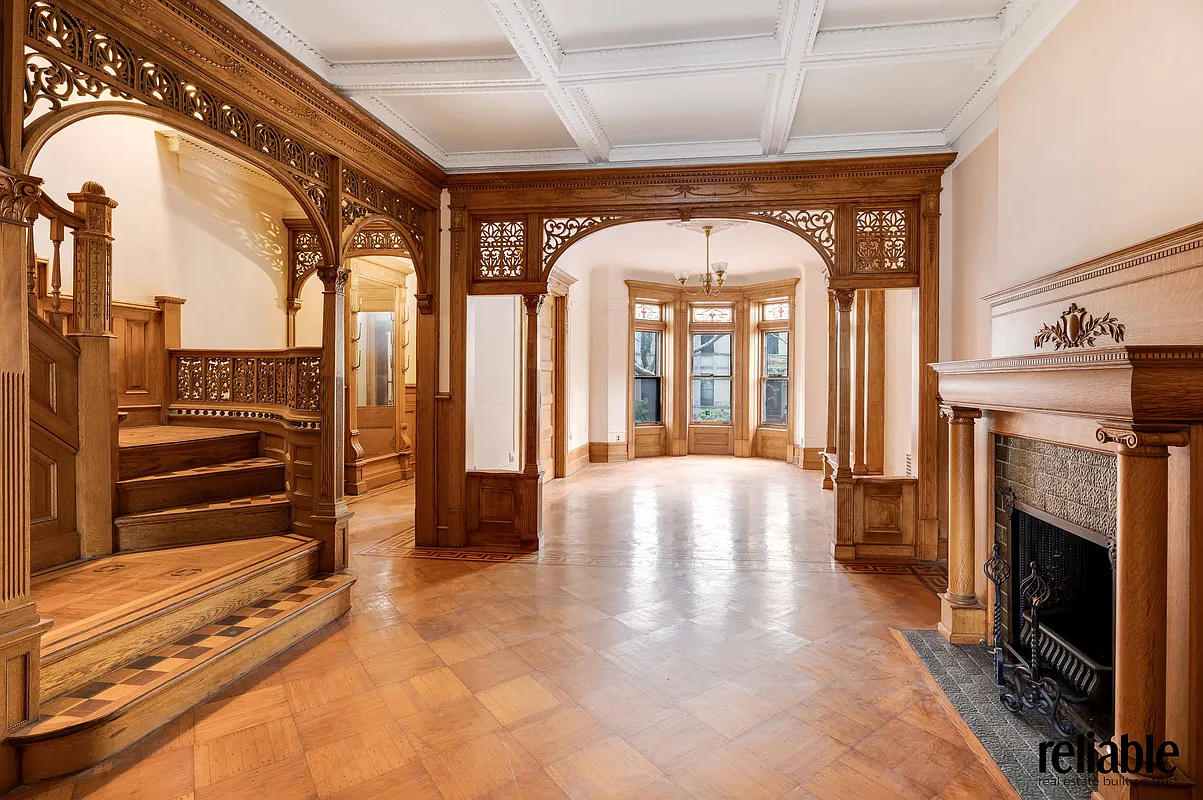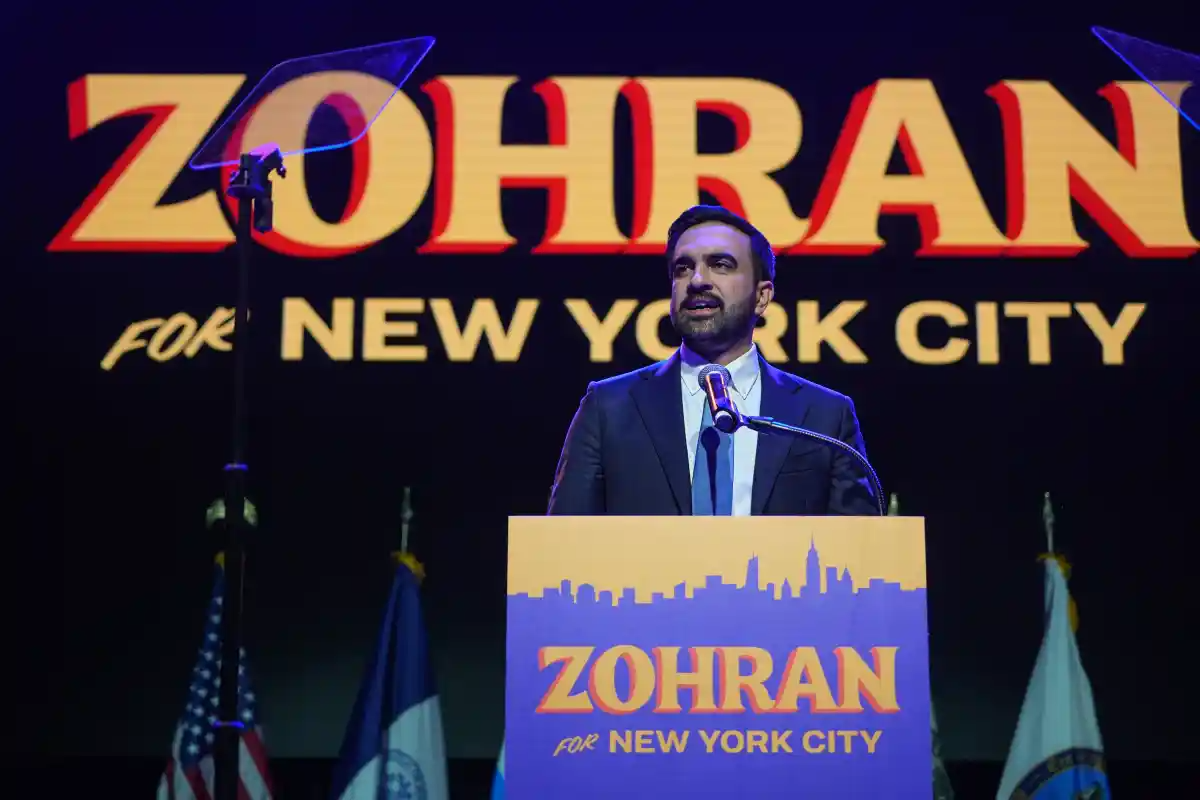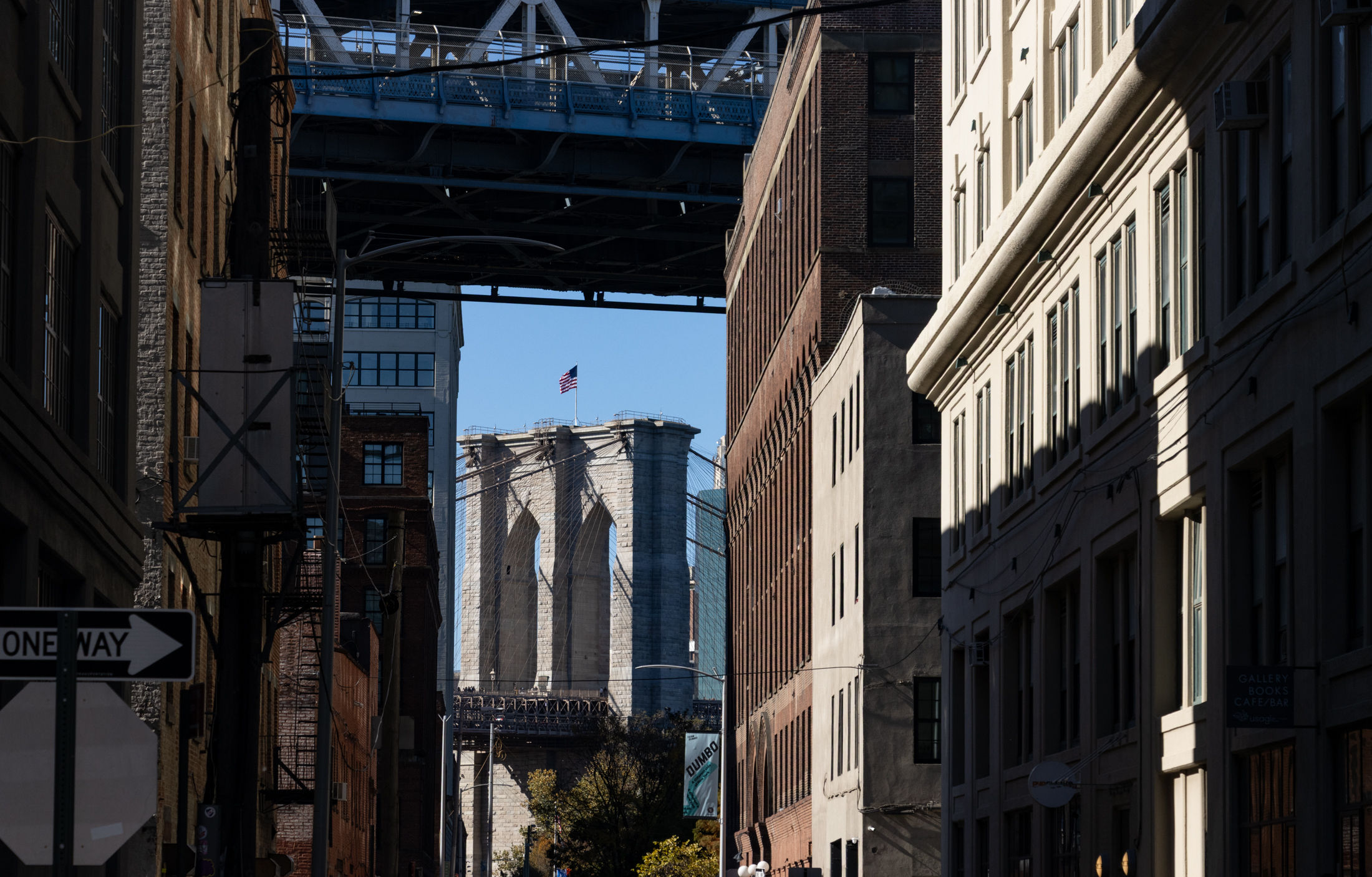And the Discussion on the Future of Suburbia Continues
On the Times’ Freakonomics blog, leading urban theorists are debating what we’ve been talking about around here lately: the future of suburbia. The “smart people” they gathered to pontificate include James Kunstler, Thomas Antus, Jan Brueckner, Gary Gates, John Archer, Alan Berube and Lawrence Levy, who offered these predictions: The suburbs have three destinies, none…


On the Times’ Freakonomics blog, leading urban theorists are debating what we’ve been talking about around here lately: the future of suburbia. The “smart people” they gathered to pontificate include James Kunstler, Thomas Antus, Jan Brueckner, Gary Gates, John Archer, Alan Berube and Lawrence Levy, who offered these predictions: The suburbs have three destinies, none of them exclusive: as materials salvage, as slums, and as ruins. Or: If [gentrification] continues in a significant way, large numbers of suburban households looking for urban stimulation may end up switching places with minority central-city dwellers, stirring the ethnic pot in both places. Or, this vision: Suburbia will be flexible, it will be smarter, and it will be hybrid. So which is it?
What Is the Future of Suburbia? [Freakonomics Blog]
Suburbia. Photo by Stacy Magallon.





I think this thread is a good example of why New York City should secede from the Union.
Kidding.
Kinda.
it’s probably because flesh tastes better than what they serve at applebee’s.
MM – Yeah but when your talking about “sustainability” – which includes factors beyond just transportation costs – including future employment – other then farmers and those that live within walking distance to the town (and presumably a job) what sustainable future do people living in the ‘suburbs’ of towns like Oneonta, Cobbleskil, Delhi, etc…. really have? Rich urbanites can only gentrify so many towns into cute little artistic enclaves for summer vacations……
the issue about small town america is exactly why i don’t think some of these predictions about “if not suburbs, then where” are viable. in these visions, where are people working? i think a return to small family farming would take many more generations than it took to move to agribusiness, and without that or manufacturing, what industry is there to support the numbers of people currently living in (non-walkable, non-transit hub) suburbs that aren’t really supported by urban centers.
Let us not forget the marauding hordes of flesh-eating zombies that currently plague the suburbs of our fair nation.
Current “Big Thinkers” speculate that the soul death caused by frequent and desultory dining at chain restaurants (google “Applebee’s Syndrome”) is the source of this phenomenon.
One wonders why the MSM is not covering this story.
wrong about what? that stop is in 11238. i’m sure you’re right that it takes 5 minutes to walk there from the north slope and i also don’t care. sheesh.
Do people forget or they simply not aware that many suburban towns in New York (particularly on Long Island) have always been slums. All one needs to do is take a trip out to places like Mastic Beach also know as Mistake Beach, Wyndanch, Roosevelt, Central Islip, and North Amityville.
Fortunately enough, downtown Bay Shore, which has resembled a ghetto as long as I can remember, has gentrified. There’s been plenty of fancy restaurants, bars, and boutiques going up. This is only because Bay Shore has the Fire Island ferries.
Nonetheless, Long Island isn’t your traditional suburb in the sense that it is not a leech of its nearby metropolis.
MM…we know what “people from the city” is code for. In Albany they were referred to as “from the University” with a particular accent stressed!!!
11217, I heartily agree with you regarding the McMansion subdivisions. I guess those are considered “exburbs?” We love to have a name for everything, don’t we? Fortunately, up where I’m originally from (the Oneonta area) there hasn’t been too much of that.
Dave, when I was growing up, those were called “people from the city”. That wasn’t a complement, either.